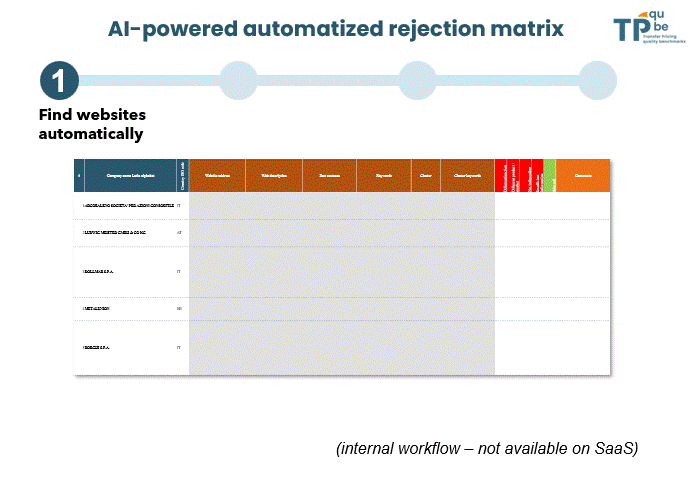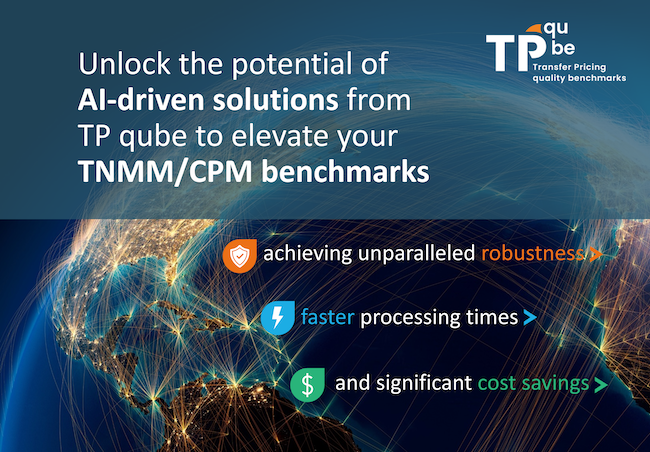Tp qube
We are (very) excited to share that we’ve reached a pivotal milestone in transfer pricing economic analysis. We unveil today a groundbreaking tool that leverages the power of Artificial Intelligence to perform TNMM benchmarks with an unprecedented level of efficiency and precision. This progress has revolutionized our TP benchmarking process, combining AI power and human expertise.
Our AI-driven tool autonomously pre-fills a rejection matrix, pinpointing companies closed to the ideal comparable companies while proposing detailed rejection reasons. These tasks traditionally done by a junior staffer can now be delegated to our AI tool. Expert work remains absolutely critical, but focuses on high-value added tasks and review, helping craft the most robust benchmarks.
Despite being in its nascent stage, the tool has already shown immense promise in optimizing transfer pricing benchmarks, and we are excited about the advancements yet to come.
Join us as we navigate this exciting journey!
This short post provides simple answers to the main questions you may have. Feel free to contact us for mor information at info@tpqube.com.
In short, we currently use our AI tool for CPM in North America and TNMM in Europe. We find the most reliable information sources (i.e. websites for private companies) and leverage them: our tool then sifts through a multitude of data points to identify potential comparable companies, assessing their relevance based on an analysis of their activities, then populates a rejection matrix – all done automatically under the supervision of an experienced TP professional.
While we refer to it as a singular AI tool, it’s more accurate to describe it as a suite of tools, each employing specific Natural Language Processing techniques.

Traditionally, transfer pricing benchmarks rely exclusively on human labor. Due to the lack of readily accessible and accurate data, this may lead to error-prone, time-intensive processes. This often results in a conflict between maintaining strong transfer pricing practices and managing costs.
With its unprecedented ability to process vast amounts of data, AI is the solution to these challenges.
The results of integrating this AI tool into our benchmarking process have been nothing short of impressive. The use of AI allow us to:
- Review websites in-depth and make sure that we did not miss any information,
- Make sure that we focus on contemporaneous information, extracted from reliable sources,
- Review more potentially comparable companies, yielding a selection of a larger and better selected companies pool,
- Make connections between websites that we humans tend to miss,
- Ensure more consistent rejection reasons,
- Avoid (silly) human mistakes,
- Keep a better audit trail,
- Challenge the selection of best companies,
- Save time that we can spend on more high-value added tasks, such as the final selection of comparable companies.
As a side note, the use of the tool also let us put in place more systematic processes, which in turn, led to enhanced efficiency and improved project timelines.

Absolutely. In the immediate future, we firmly believe there is no alternative.
As we now all know, AI is not flawless (many thanks to Microsoft / chatGPT for the numerous examples 😉). Our AI tool propels us several levels forward in the benchmarking process, but the entire process still require a human touch, and notably during initial and final steps. The initial steps consists in performing the functional analysis, the implementation of the search strategy on the specific databases as well as the definition of the target companies in our AI model. The final steps consists in reviewing in detail the rejection matrix rejection (and eventually improving what the tool did) and coming up with the final set of comparable companies.
These steps are still performed by real humans and should be for a long time.
Our short answer: a combination of AI + deeper expertise.
With AI model getting more accurate as they face more examples. Our AI tool, while already powerful, is continuously learning, and improving. Our dedicated team of data scientists and transfer pricing professionals constantly feeds transfer pricing insights into the system, refines its algorithms, and expands its capabilities.
As AI technology advances, we anticipate it taking on more complex tasks, further speeding up the benchmarking process and improving its precision. However, we firmly believe that human expertise will always be a core part of the equation. Humans will be needed for some of the typical transfer pricing tasks, but also to better feed models and improve them. A fresh generation of transfer pricing professionals, proficient in both computational capabilities and traditional transfer pricing skills, may soon emerge. As a side note, we anticipate that tax authorities will increasingly automate a larger array of processes. This automation will lead to streamlined procedures, an uptick in tax audits, and more precise inquiries.
In essence, our vision is a future where AI serves as a powerful tool in the hands of expert professionals, enabling them to provide even higher quality analysis, freeing them from mundane and time-consuming tasks. This is the future we are excitedly working towards, and we invite you to join us on this journey!


